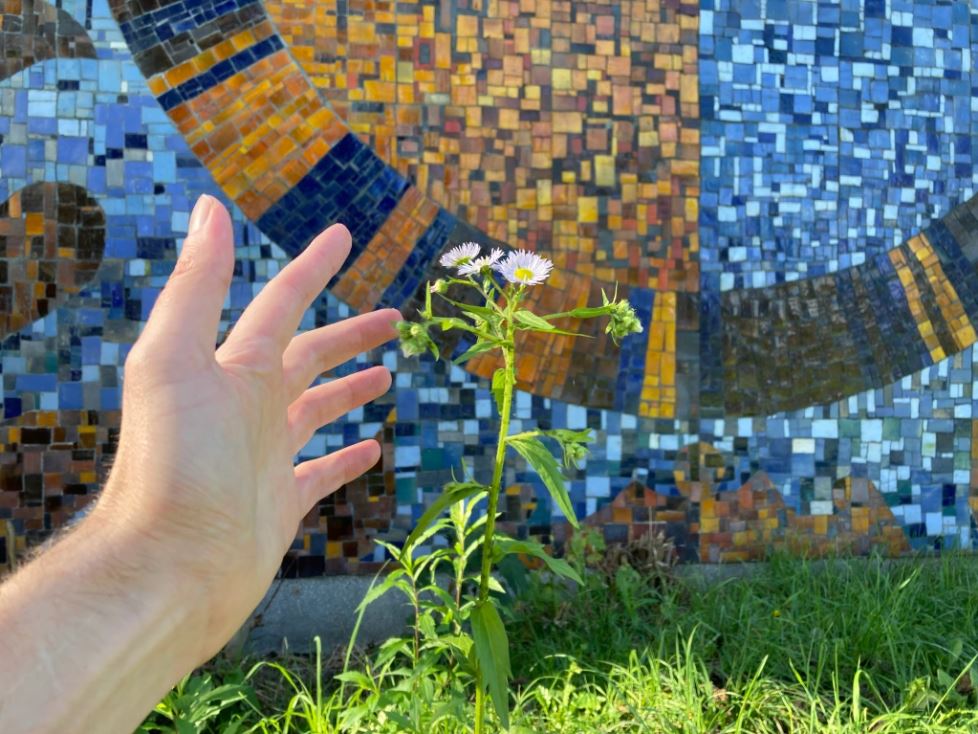“The entire city of Warsaw is a mosaic – mozaika,” muses Stephen Proski about the city where he has spent nearly a year as a 2024-25 Fulbright U.S. Student researcher. An artist who works across painting, sculpture, installation and text, Stephen packed up his life – and a suitcase’s worth of supplies – for Poland to immerse himself in the country’s architectural ceramics and mosaics.
As an NCDE Global Access Correspondent, Stephen has been chronicling the last several months of his travels through Poland, bookended by visits to Japan and Italy. His blog, titled Subjective Acuity, ruminates on Poland’s reconstruction after World War II, experiencing art as a blind/low vision person, his own Polish ancestry, and of course, mosaics – not only those made from ceramic and cement, but those composed of fragmented borders, of overlooked ruins, of unknown painters.
Find excerpts of Stephen’s writing and photographs below, or dive deeper by visiting Stephen’s blog, Subjective Acuity.
Seeking out the overlooked
“I’m not doing the typical traveling abroad thing, visiting places for their beauty or historical significance, at least not the beauty or history that one might come to expect or be familiar with. I’m exploring a part of the country’s ‘ill-born’ history that often gets overlooked, that isn’t entirely perceptible by any Western understanding. The places that I am seeking out are often in interstitial, inaccessible locations, on the margins of society even. I am on a quest, blindly searching for the various unaccounted disabled bodies of architecture. These buildings don’t want to be touched. They don’t want to be photographed. And most of the time, they don’t want our attention.”

On the re-building of Warsaw
“The entire city of Warsaw is a mosaic – mozaika. The city was reconstructed on top of ash after it was leveled entirely during WWII. Using paintings that were made by Canaletto during his time in Poland – Canaletto is famous for his city depictions of Venice – as the blueprint to reassemble the pieces back together, the only evidence that remained of the old town square. If some parts seem wonky and out of place, it’s because they probably are – doors smaller than they should be, alleyways that lead to nowhere, nooks where crannies should be and vice versa. For the most part though, it seems to be fairly accurate, accurate as far as paintings are concerned. It’s a contemporary city, so it can’t be measured against older cities. The wartime destruction gave architects the chance to create a new kind of city that would work, an opportunity to envision a future, rather than remain stuck in the past.”
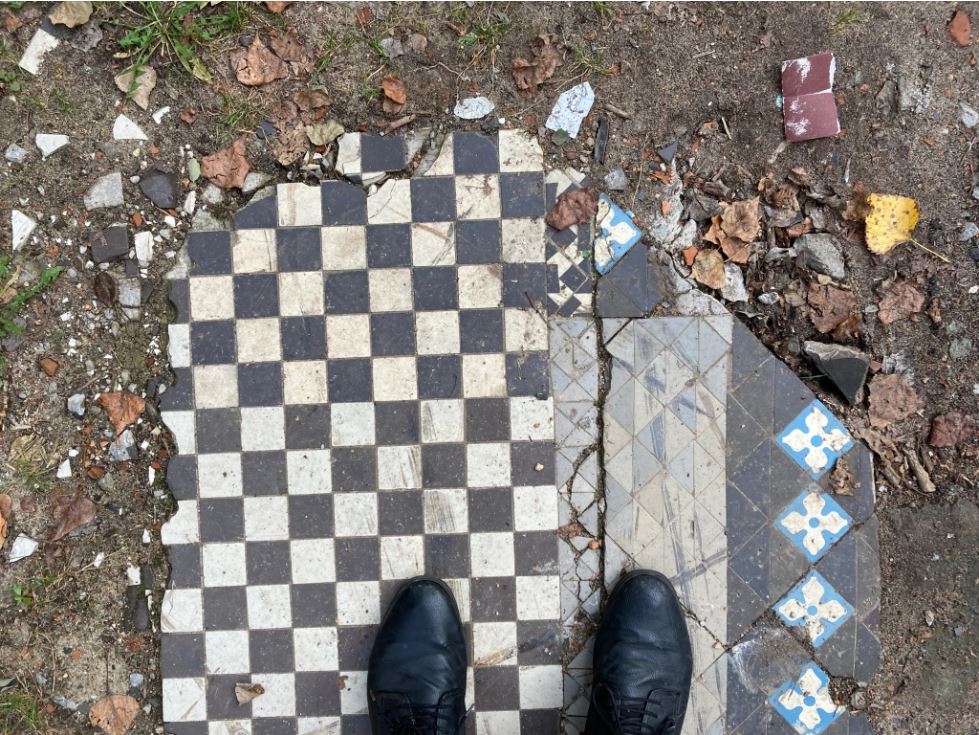
On blindness and art
“Blindness and art have always been interconnected. The first works of art were conceived in darkness, in caves with low light, fingers smearing pigment onto rock. When did light and color become so important to painting, when did images start to have so much control over our lives?”
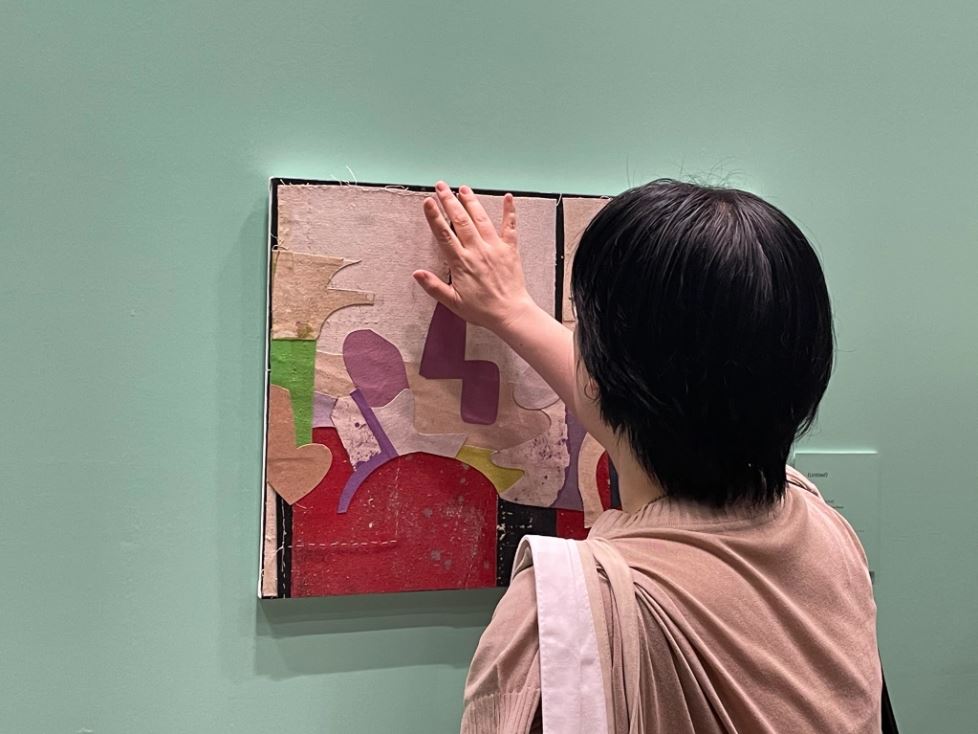
On tactile art
“Most of the public monuments, usually cathedrals or churches, have bronze casted three-dimensional renderings accompanied by Braille outside the entrance of these structures. In the museums, selected paintings referred to as “masterpieces” have been reproduced at a smaller scale as tactile representations. This, of course, creates an obvious hierarchy in terms of value, the value being disproportionate to the structuring of vision and what the all-seeing-eye over time has deemed important, but certainly among which paintings warrant the opportunity of touching without looking, Imagine these touchless paintings are somehow overcome with jealousy by their counterparts, leading lives of unwanted celibacy. Often, in the states, I have to ask if such an object exists, and if does, it’s back in storage somewhere collecting dust and needs to be wheeled out like some kind of trojan horse. The audio guides have been more my speed lately, especially for museums that aren’t entirely devoted to art. Chodźmy do pałacu – let’s go to the palace. Here, I get a detailed explanation of what all is surrounding me in each room, why it’s there, what it’s made from, and who it was made for.”
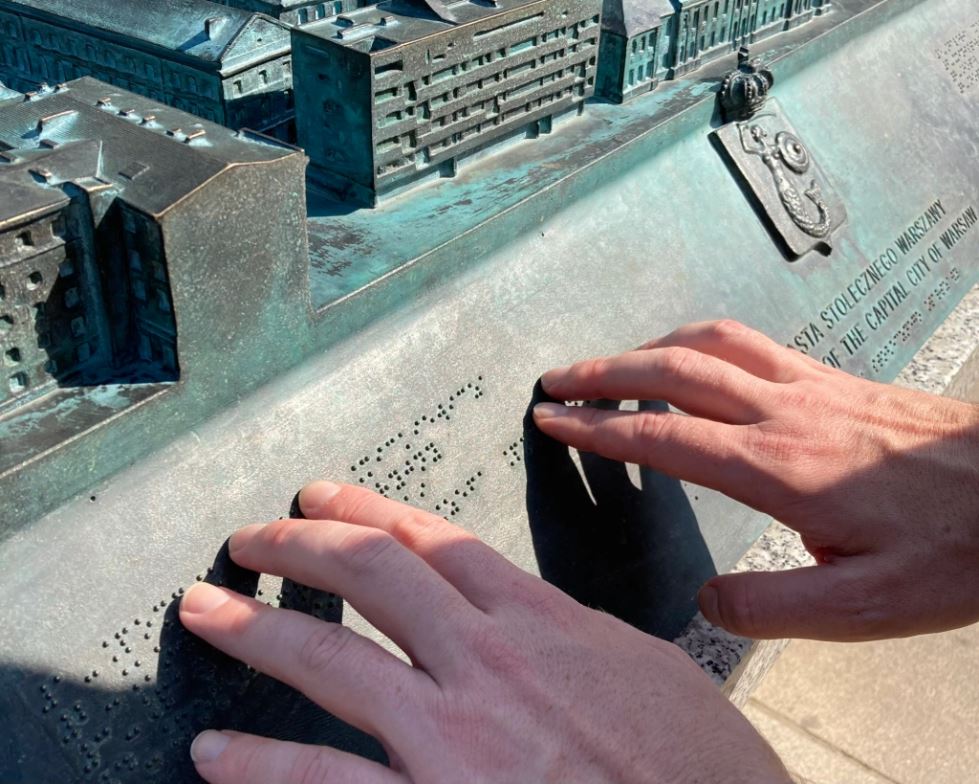
On taking up photography
“I’m using my lack of resources as a blind person in a foreign country as a primary resource to inform my practice, this includes operating within the medium of photography, something I have never opted in on, and is contrarian to the values I uphold regarding the violence of images and their domineering authority over culture. My intention is to frame the photograph as ruin, and the ruin as a cipher for photography. I have never had a particular reason or motivation to make a photograph, that is not to say that I certainly haven’t thought about it, until now, where I find myself in a peculiar situation confronted and surrounded by a landscape of ruin. Wedged between concrete and galloping hooves.”

On personal ancestry
“The first thing I realized when I arrived here is that I’m not Polish. I stopped being Polish when my grandparents emigrated from Poland, which at that time, wasn’t even Poland anyway. The borders had been scrambled, part of a repeating history of Poland’s borders being picked apart and rearranged by neighboring territories. And for the West, Poland has been viewed as the speed bump between Germany and Russia. The only physical evidence I have of being Polish, is a photograph of my grandparent’s fishing resort in Wisconsin Proski’s Little Poland. You can’t put an uprooted shrub back into the ground and expect it to grow. You can try all you want, but those roots are dead.”
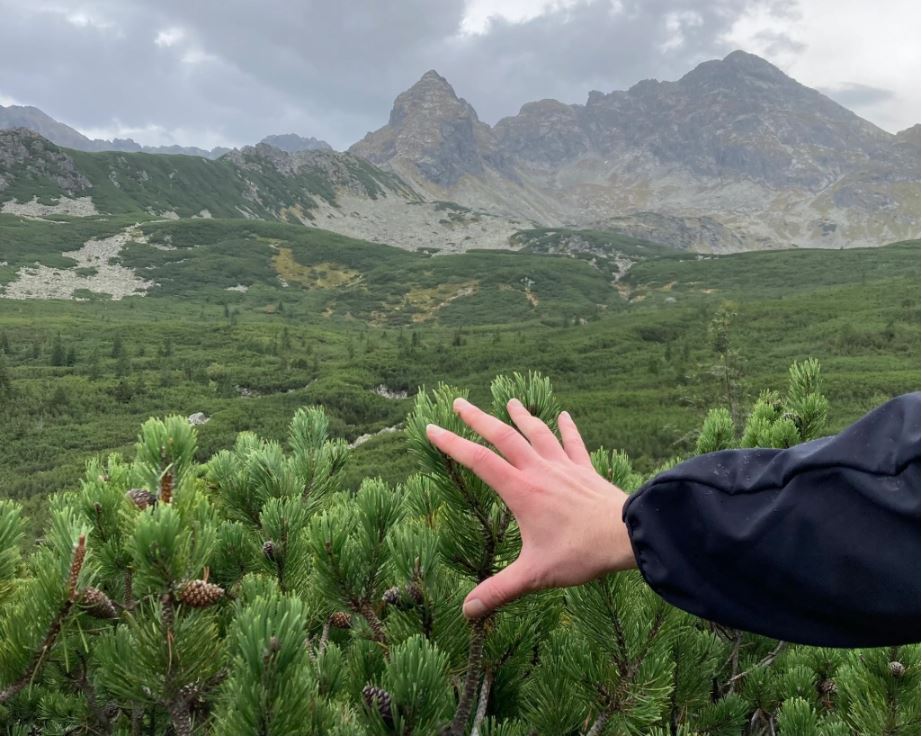
On research and identity
“I struggle with what I am doing here quite often. This history is undeniably not my own, since I have no connection to the country my ancestors emigrated from, no experience of what it must have been like living under communism. I wonder about the position that I am taking, as I interject myself into a narrative that I don’t belong to. At times, I can’t help but feel like a colonist in how I am conducting my field research, but perhaps what I am pursuing is more along the lines of repatriation, or a kind of access through reciprocity.”
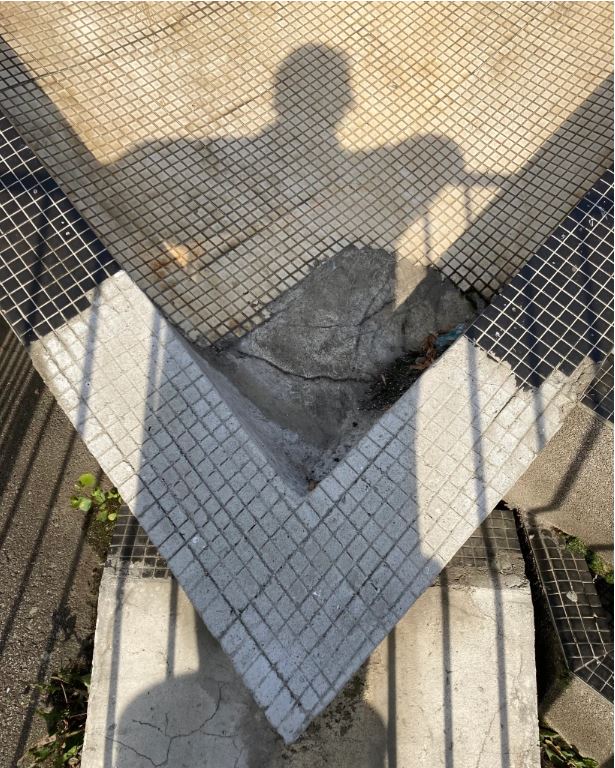
Poland’s hidden jewels
“On sifting through heaps of glass and ceramic waste. The mosaics have proven to be an embarrassment of riches. What has been deemed as waste material to some – waste material being the terminology used when describing the medium for which these objects were produced – has become a treasure for me. These unintentional jewels of Poland are hidden from the population, hidden in the sense that they exist in public spaces, but are often overlooked. An interesting thing happens though when I encounter one of these accidental monuments, and I am caught in the act of either groping or photographing the surface; people will stop and pay attention to what they may have otherwise been ignoring for years, the previously invisible is now rendered visible again.”
